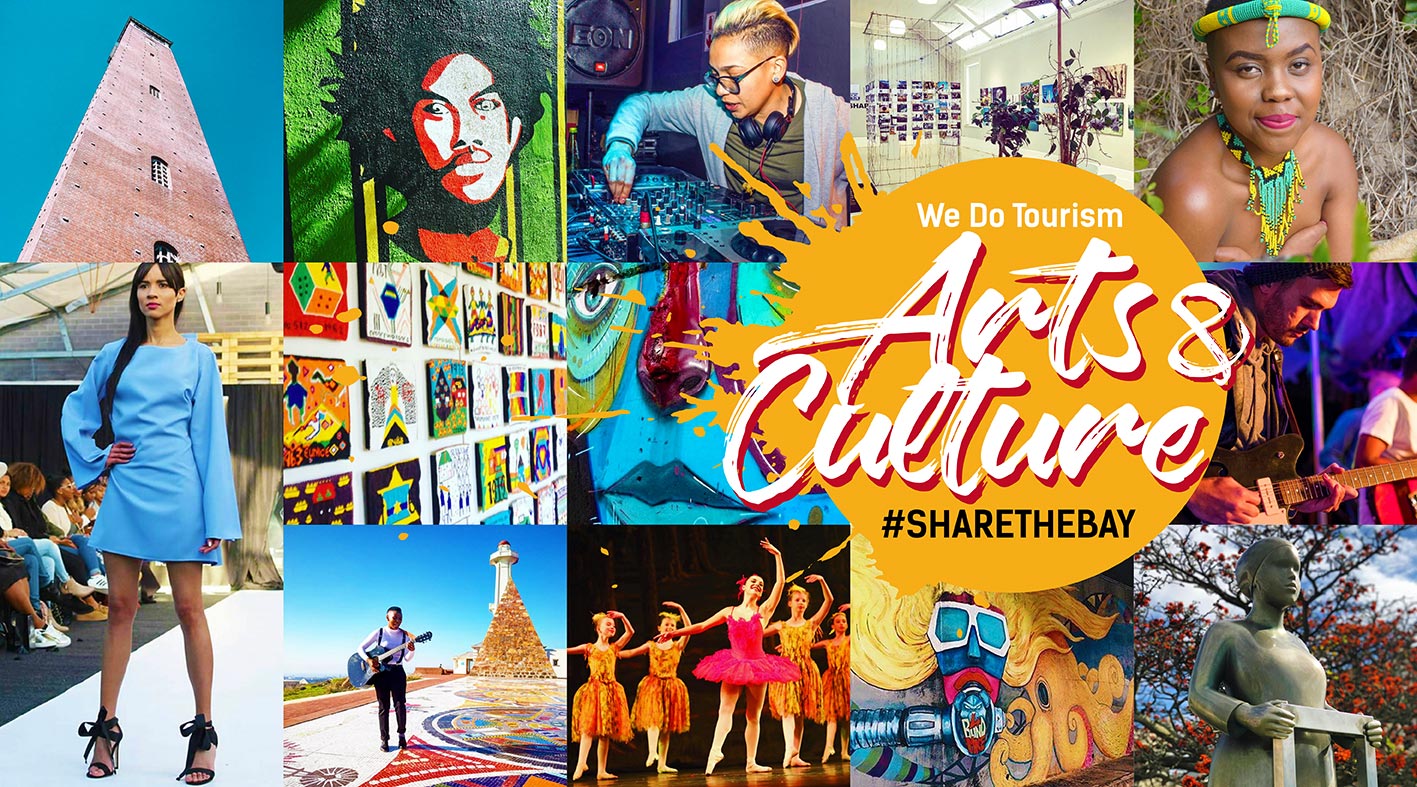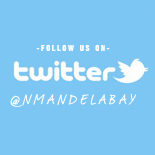Standard Bank Young Artist for Visual Art 2010
The Standard Bank Young Artist Award for Visual Art 2010 has been awarded to Michael MacGarry. This exhibition began its year-long tour at the National Arts Festival, Grahamstown in June 2010 and will travel to various major centres around
Artist Statement
My work investigates the ongoing ramifications of imperialism on the African continent, coupled with the analysis and parody of the socio-political and economic role of political elites within this context as well as the increasingly complicated dynamics attendant on the extraction of natural resources – particularly oil – in African nation-states post-independence.
Overview
MacGarry’s artist statement has remained unchanged for several years despite substantial changes and shifts in his working practice and methodology. As a broad thematic qualification of his working practice he found the above statement useful in its vagueness - it alluded to sustained postcolonial deconstruction of neo-colonial and imperial products and practices whilst hinting at investigations into the associated discourses on globalisation. In terms of the demonstration of subject, MacGarry was largely preoccupied with seemingly failed utopias and obsolete technologies. His concern was neither to redeem nor vilify specific past events but to alter them for review through fictional narratives and temporal comparisons.
This aspect continues today, but the focus is more on contemporary political conditions, and somewhat less on the historical precedent. The artist’s concern, predominantly with products and legacy issues around Modernism, was to question why utopian moments did not implement themselves and what dominant interests and forces maintained regional moments as secondary ones. In so doing, to suppose and manufacture what was airbrushed from these histories - what might be useful there, what might be reused today? For when they become superseded, forms of communication develop into catalogues of access to begin answering these questions. But saying that doesn’t communicate any implicit understanding or ownership of specific historical narratives – his reflections on Modernist and colonial practices were not nostalgic but rather manifested a desire to reclaim and subvert such assumptions about specific histories and their closely associated presents. Temporal compression and historical manipulation created hybrid events and products that refigured specific pasts and specific presents as direct products and continuations of each other.
But, as a defining statement the above also constituted a form of discursive captivity - a series of categorisations that were not wholly representative of concerns necessarily manifest in completed works. Yet, central to his working practice was a conceptually motivated exclusion of materially manifest artworks. Production was instead focused on publishing: ideas, concepts and projects that were described as if they were ‘finished’ and materially manifest but in fact, they all existed only in the form of a series of descriptions in differing modes of publishing. There was no art product in a market-orientated sense - there was nothing hanging on any walls – there was nothing to buy or sell. The king had no clothes. Perhaps. But, ideas – principally the artist’s, as well as those of others - were the currency, were the modus operandi - were the means.
And in so working like this, the aim was to achieve the ‘perfect crime’ of combining formal seduction (design), conceptual resolve (thought) and readability (entertainment) in one downloadable or printable consumable. Functioning along similar lines to an album produced by a recording artist - a singular, packaged resource and entertainment product for personal consumption. An act which was based, in part, on the precedent set by the Nouvelle Vague (New Wave) film-makers, who in France in the 1950s wrote extensively before they were able to make any films - stating that such writing was a form of film-making. This mode was also useful to realise (at a conceptual level) various projects that at the time, and still today, are not possible to materially realise. The mode of publishing allowed these concepts a role independent of a material completeness.
From the peripheral position, the experience of global contemporary art is always a mediated one, either through publications: monographs, catalogues, art magazines or via online resources. A similar precedent was emerging at the time, and to some extent still is, in
This glossary of philosophical, semantic and conceptual ideas, framing devices and dogma that MacGarry has detailed above is all largely in the past. Currently his work is focused within the context of Sub-Saharan Africa, and is principally concerned with investigating how newfound and existing exploitation of hydrocarbons is in many ways an extension of the colonial-era legacy of Mercantile Capitalism. Coupled with a contemporary resource-grab scenario that pitches oil producing nations within the region as one of the new energy frontiers, with numerous developed and developing economies – internationally – competing for the secure exploitation and export of these natural resources. This context as a whole is understood and defined within the broader scenario of Peak Oil supply in the contemporary global market place.
The focus within this milieu is on several key areas of interest; principally





















 Please wait!
Please wait!